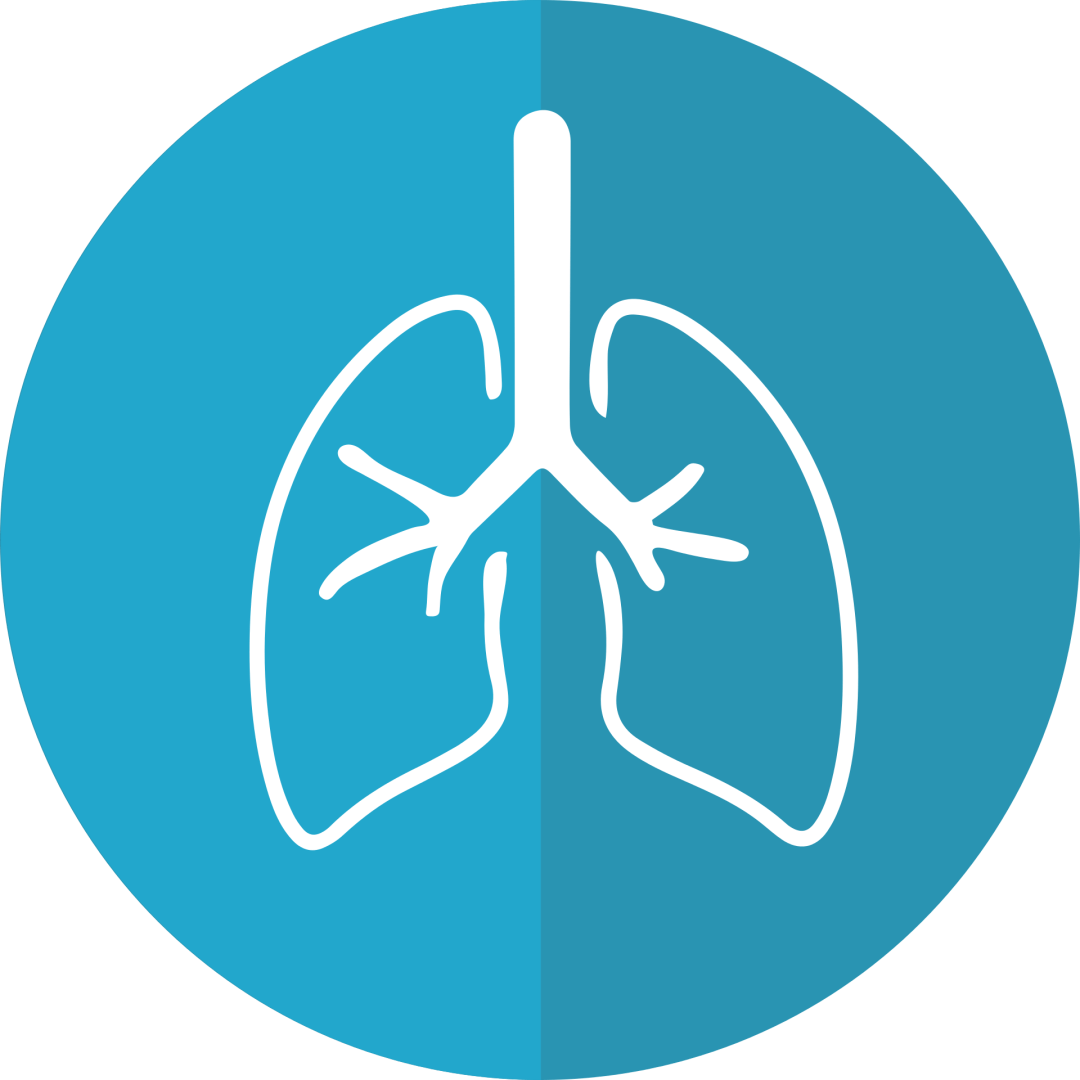Return to Movement Post-Covid


For many of us, returning to exercise post-covid can be daunting. Our fitness level may not be where it was a few weeks ago; perhaps we feel weaker, our heart rate seems too high, and/or our breathing is more labored. Maybe we are in fact ready to return to exercise, but we don’t have the confidence to do so.
Our new Return to Movement (Post-Covid) screen aims to help you get back to your training in your most efficient and in your most comfortable capacity.
Even without covid being a factor, many of us breathe dysfunctionally, which could be impacting our potential for movement. If you find that you regularly breathe through your mouth versus your nose, you could fall into the category of dysfunctional breathing…
What is Functional Breathing?

Functional breathing is breathing that efficiently and appropriately performs its primary and secondary functions, such as maintaining our blood pH, helping to move blood, lymph and air around our bodies, regulating our emotional state, and aiding spinal stability.
What is Dysfunctional Breathing?
Inappropriate breathing which is persistent enough to cause symptoms without apparent organic cause. This could include:
-
Hyperventilation and low CO2 -
Mouth Breathing -
Upper Chest breathing -
Inability to take a deep and satisfying breath -
Unexplained breathing discomfort -
Various combinations of these factors
Consequences from breathing dysfunction don’t just fall into the category of ‘snoring so loud your partner can’t sleep’, it goes much deeper than that. Biomechanically, you could have poor motor control or stabilization, or even muscle imbalances in areas such as your neck, back or pelvic floor. Additionally, poor breathing can also affect your mental and emotional states by affecting the function of the brain and nervous system.

Breath and movement work in tandem, which is why we’ve created this multi-functional assessment. There is no one-size-fits all return-to-fitness remedy, but there are tools to help determine your readiness and give you confidence to return back to – or improve – your training.
Our new Return to Movement plan offers a breathing efficiency assessment, postural control, a total body movement scan, and KT taping methods for breathing. As we mentioned, there is no one-size-fits all plan, which is why each patient will receive an individualized treatment plan featuring corrective exercises based on your symptoms and end-goals. So, how does it work?

When you come in for your appointment, you’ll go through an initial introduction and evaluation, including a movement screen and breathing assessment. Based on your therapists findings and your needs, you’ll next go through a series of additional testing and treatments, which could include everything from practicing movement patterns with breath work to KT taping.
Who will benefit from this assessment?
While we highlight post-covid patients who are looking for clearance to return to exercise, or support with getting back to that point, the assessment can really be for anyone! If you want to make sure you’re breathing properly for exercise, see what improvement you can make with breath to movement, or want to do a movement screen, which can assess any potential risks or areas where you can improve your strength or conditioning – than this assessment is ideal for you.
What are the benefits of each assessment?
Interested but still not sure what we mean by movement assessment or KT taping and how that can help you? Read about each below to learn more!
FMS (Functional Movement Screen)/SFMA (Selective Functional Movement Assessment):

Two world-renowned movement screens which assess and classify movement patterns. These tests are designed to get to the root of what is causing faulty movement patterns. See what the FMS looks like when a patient puts it to the test by clicking here.
Breathing Assessment:
A breathing assessment will evaluate biochemical, biomechanical and psychophysiological dimensions. Tests will be performed under observation at rest and under challenge, alongside a questionnaire to determine any breathing correctives that can help to support your needs.
KT Taping:
KT taping can help to restore correct muscle function by supporting weakened muscles. It can also remove lymphatic fluid by enhancing the location of circulation and if you’re really in discomfort, it can help to reduce pain. Please note this is not a solution to the problem, but can help to reduce discomfort or pain.
* Please note, not all of these services might be prescribed for you. The therapist will determine your biggest needs and create a plan with you for you to practice and work on together.

本篇文章来源于微信公众号: 上海优复门诊部

